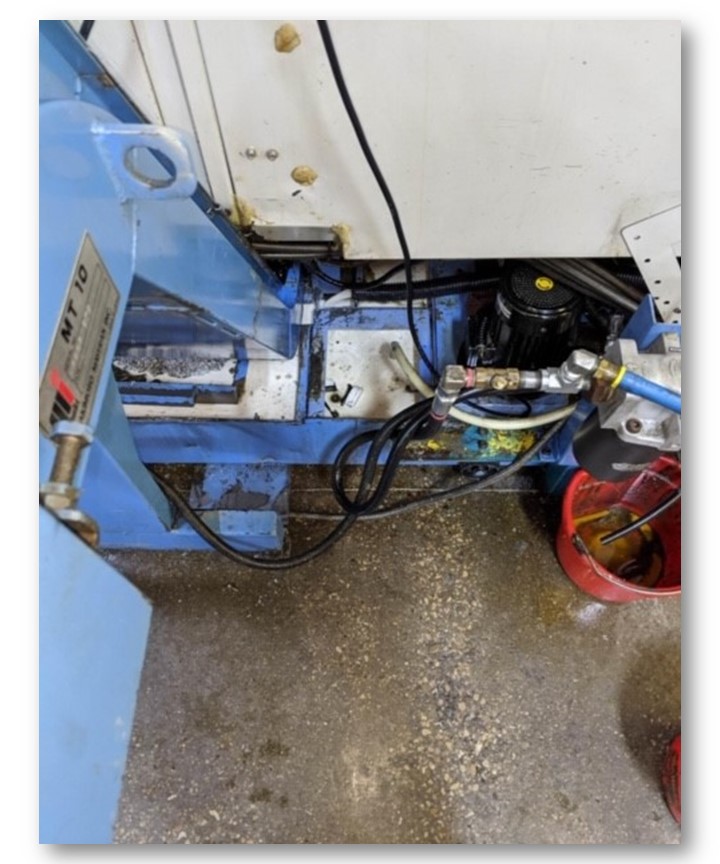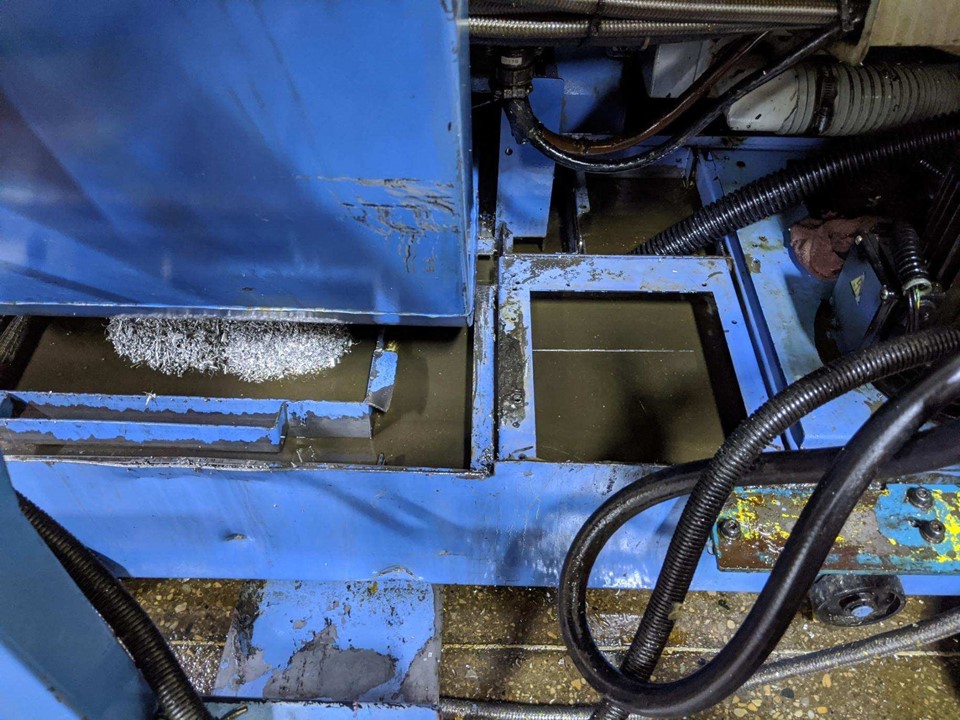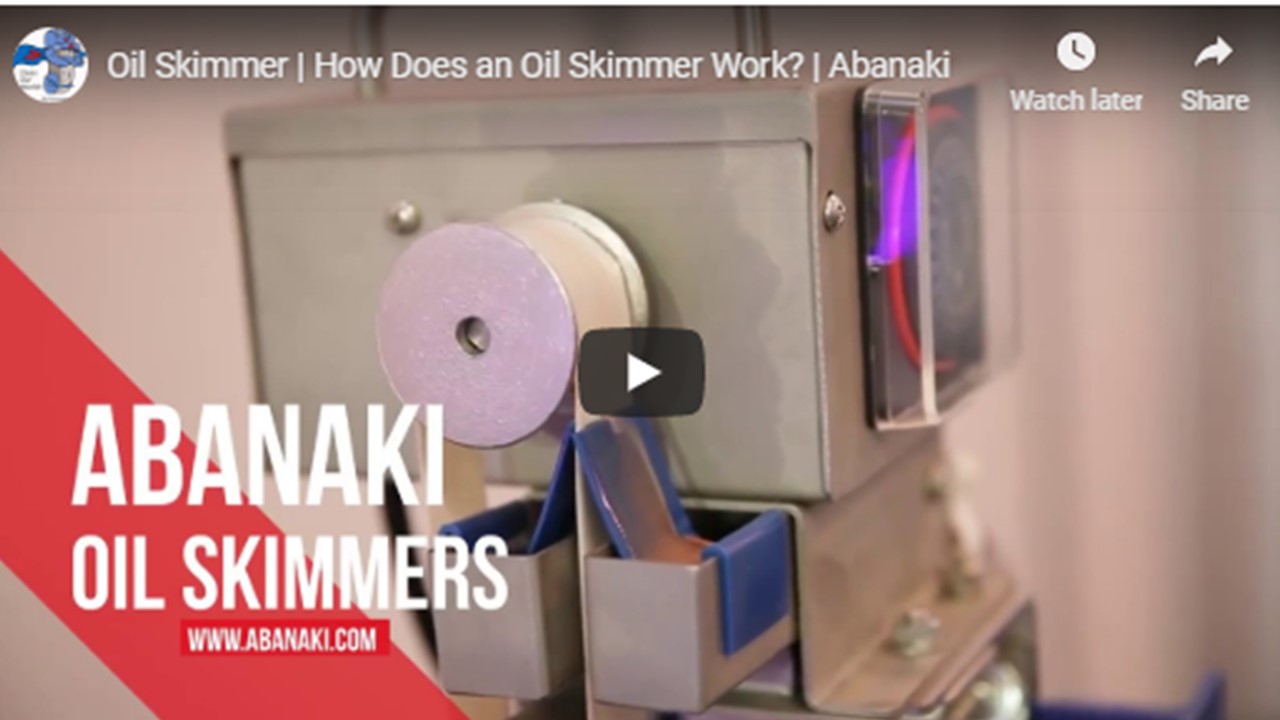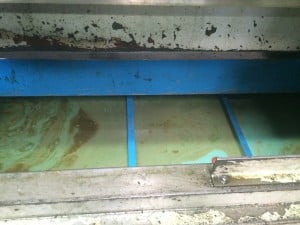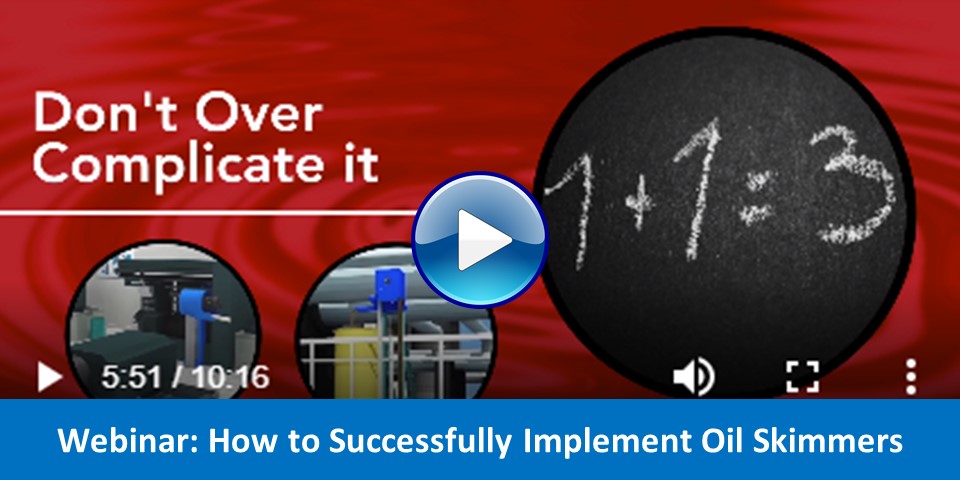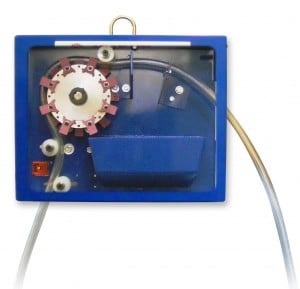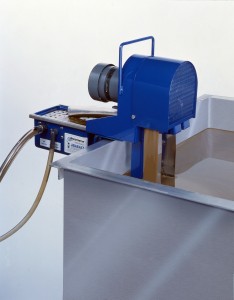Waste oil recovery is critical to any application for a multitude of reasons. Many companies try, or should be trying (tsk tsk if you’re not), to recover their used oil in order to stay in compliance with government standards and regulations. No one wants to pay a massive fine or even worse, donning the orange jump suit with silver bracelets, when complying with the law and keeping our environment clean is a simple enough task.
Additionally, recovering used oil has its monetary perks. Reclaimed hydrocarbons can be sold for profit and removing it properly can help extend the life of equipment, waste water, or coolant. All while Mother Earth smiles and the people rejoice. Everybody wins.
Here are the seven advantages of using oil skimmers.
Reduction of Disposal Costs:
The cost of disposing oil laden coolant is more expensive than the disposing of oil.
Recycling Opportunities:
In some instances, companies may be able to re-use the skimmed oil elsewhere or sell it for recycling, choosing to keep their part of the world cleaner.
Extend Coolant Life:
Having oil free coolant can also extend its usefulness and effectiveness, reducing the expense on maintenance and coolant replacement.
Esthetic Benefits:
Removing the oil from a machine coolant tank will cut down on the amount of smoke generated from the cutting tool coming into contact with oil laden coolant thereby creating a visibly cleaner workplace.
Extend Tool Life:
Removing floating surface oils while aerating and refreshing coolant will extend tool life as well.
Avoid EPA Violations:
Many machining and metal working shops turn to aqueous parts cleaning because of limits imposed by the EPA on the discharge of emissions and wastes.
Hygienic Benefits:
Keeping coolant oxygenated and oil-free reduces the "rotten egg" odor and bacterial levels are lowered resulting in a cleaner work environment.
Oil Skimmers: Simple Solution to Serious Issue
Oil skimmers are very simple pieces of equipment that can help you tackle a very serious wastewater issue. They are a low-cost and environmentally sound solution to waste oil recovery. They are by no means high-maintenance or difficult to use, but do require some routine work every now and then and a little tinkering here or there. Bottom line is, replacing a wiper blade system or belt on an oil skimmer beats having to pay a fine to your respective government environmental agency. If you are not sure about the laws are regarding wastewater in your area, we have a handy database of environmental links indexed by location for you to use.
To learn more about oil skimmers, please contact our experts at 440-543-7400 or visit our website: www.abanaki.com
Our newest generation of products continues to set the industry standard for performance, productivity, and pollution control for oil removal.
To learn more about the Abanaki oil skimmers, please access and view the attached video.


